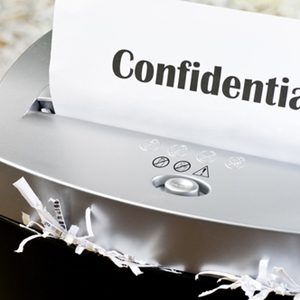
How non-disclosure and non-compete agreements help businesses protect intellectual property
June 18, 2014 3:17 pm Leave your thoughts
As we have mentioned previously on this blog, it is essential for businesses to take the necessary steps to protect valuable intellectual property from infringement. One of the potential risks that businesses face is that an employee could walk away with trade secrets or other confidential information, opening the door for damage to occur.
To protect against this possibility, some employers have their workers sign non-disclosure and non-compete agreements. Signing a non-disclosure agreement means that the employee agrees not to share whatever confidential proprietary information has been outlined in the agreement. This way, the information is kept from becoming publicly available.
In a non-compete agreement, the employee agrees not to compete with the employer for a certain amount of time. These types of agreements have been common in the technology sector, but as a recent article in the New York Times discusses, have become increasingly common in an array of different fields, ranging from summer camps to yoga studios and hair salons. According to the article, businesses in these industries are using the agreements to keep employees from working for competitors.
The article goes on to explain that concern over the spread of non-compete agreements has prompted Massachusetts Governor Deval Patrick to propose legislation banning them, with the exception of certain circumstances. The reason behind the proposed legislation is that non-compete agreements may be a threat to the Massachusetts economy, and also a threat to innovation.
Ultimately, it is in the best interest of any business to protect against the possibility of an employee running off with its intellectual property, but does this widespread use mean they have gone too far? Phoenix, AZ businesses can contact a small business attorney to learn more about when to use non-compete and non-disclosure agreements.
Categorised in: Intellectual Property Law
This post was written by




